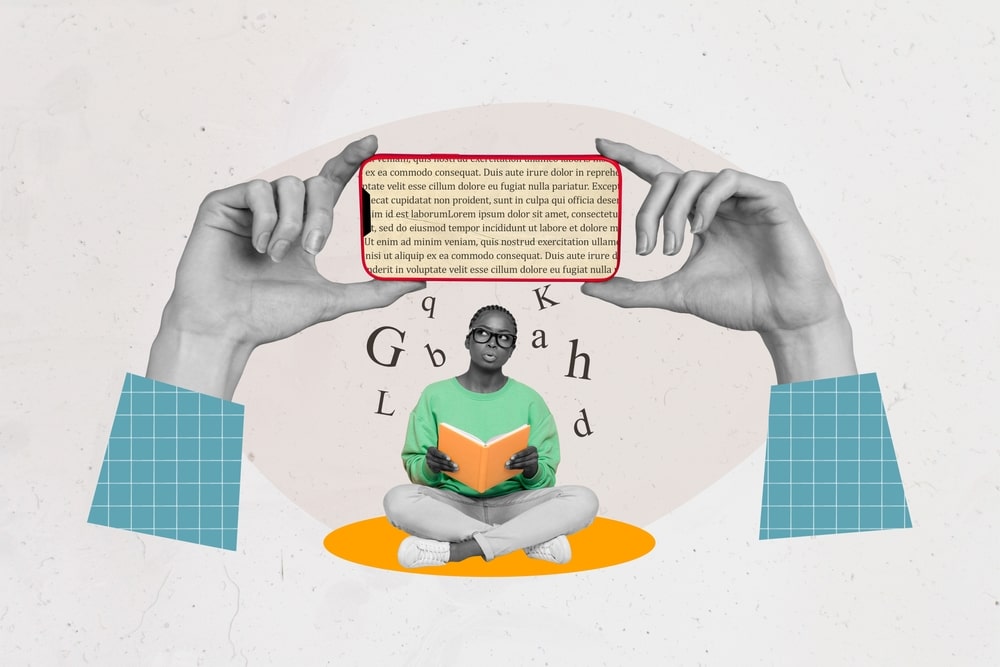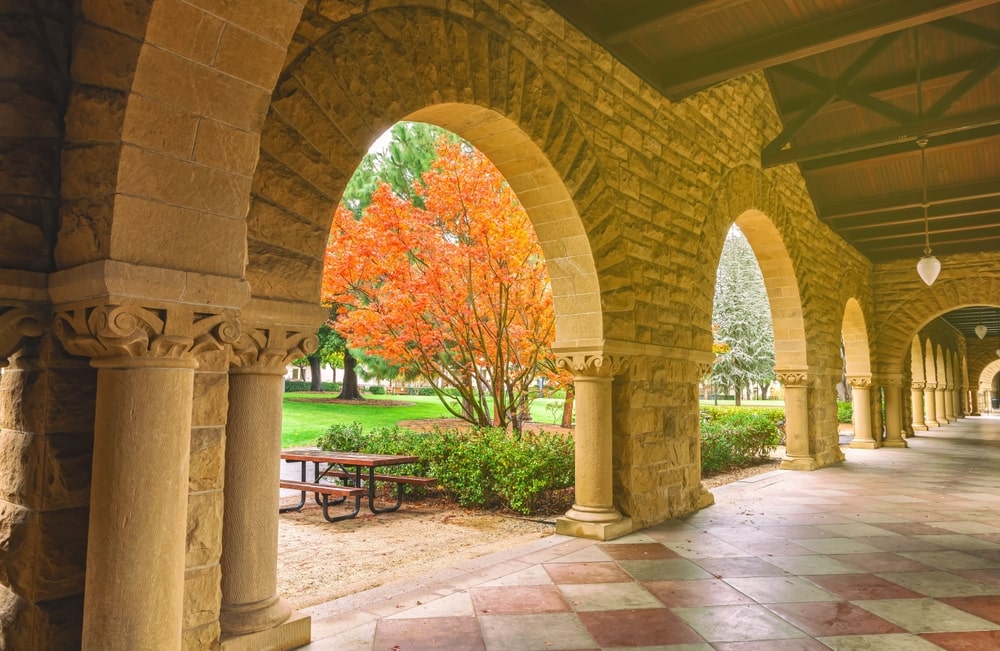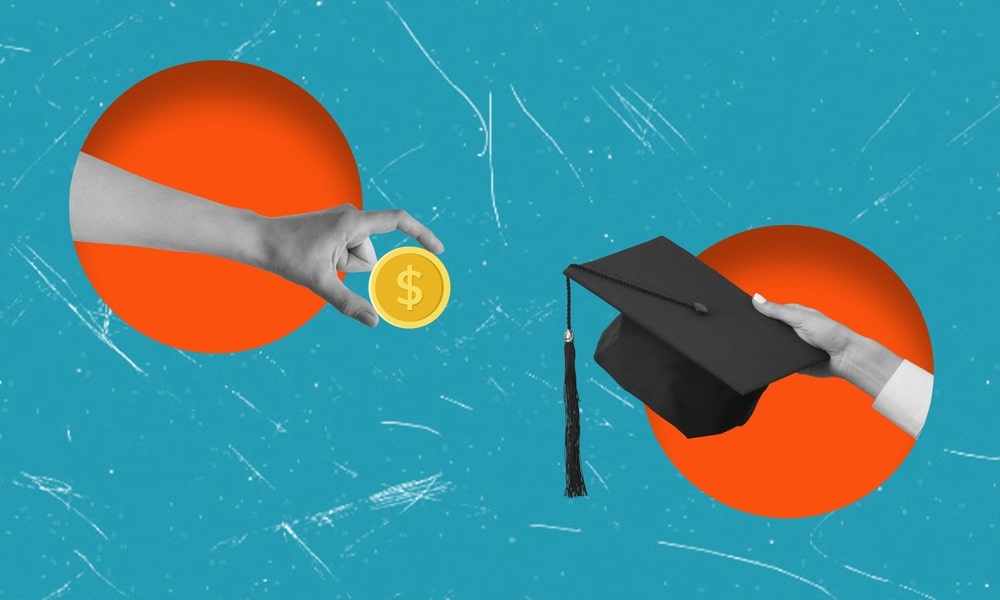This year’s college enrollment statistics reveal surprising insights

While overall college enrollment rose by 2.9% this fall, first-time freshman enrollment is down 5%.
This downturn can be partially attributed to new students balking at higher tuition rates.
However, when adjusting for inflation, the average net cost of university has actually gone down over the last decade.
The initial estimates of fall enrollment at the nation’s colleges and universities have been made public, and they contain both encouraging news and reasons for concern.
The numbers are being watched particularly closely this year because of worries among college leaders that growing public doubts about the value of a college degree will deter new students from enrolling. The early results suggest those concerns are warranted.
The good news
First, let’s look at the good news.
Overall college and university enrollment rose a healthy 2.9% this fall, according to preliminary figures from the National Student Clearinghouse Research Center. This increase can be attributed to a 3% year-over-year increase in the number of undergraduate students, although graduate student enrollment also increased by 2.1%.
The NSCRC’s Stay Informed report is based on data reported through September 26, 2024. It covers 8.7 million undergraduate and graduate students and 51.9% of postsecondary institutions in the U.S. It’s important to remember that the data in the NSCRC report are preliminary and will be subject to revision when the final enrollment estimates for the fall, 2024 term are released next January.
This is the second consecutive year that higher education enrollment has increased since the beginning of the COVID-19 pandemic. Last year at this time, NSCRC numbers showed that undergraduate enrollment had bounced back by 2.1% in fall 2023 compared to 2022. Graduate enrollment also ticked up, increasing by 0.7%. As a result, overall higher education enrollment was 2% higher than the fall 2022 semester and 1% higher than in fall 2021.
All the major higher education sectors saw increases in both undergraduate and graduate student enrollment this fall. At the undergraduate level, public 2-year colleges saw a relatively large gain of 4.7%. Public 4-year, private nonprofit 4-year and private, for-profit institutions had gains of 2.2%, 1.4%, and 4.9%, respectively. Graduate student enrollment gained 2.4% at public universities and colleges, 1.4% at private, nonprofit schools, and 5.2% at for-profit institutions.
Undergraduate and graduate enrollments for Hispanic, Black, Asian, and multiracial students all increased this fall. However, white undergraduates experienced an enrollment decline (-0.6%) as did international graduate students (-4.6%).
Enrollment growth was particularly strong among students pursuing shorter-term credentials, growing by 7.3%. Both bachelor’s (+1.9%) and associate degree (+4.3%) programs also made enrollment gains this fall.
Total student enrollment was up in every region of the country, increasing 3.5% in the South, 3.3% in the West, 2.2% in the Midwest, and 1.0% in the Northeast.
Among major fields of study at the bachelors’ level, the largest gains were in public administration and social service professions (5.9%), engineering (5.8%), business programs (4.1%), health professions (3.9%), and biological and biomedical sciences (3.8%). The baccalaureate majors with the largest declines in enrollment were liberal arts, general studies and humanities (-5.9%), English (-2.6%), natural resources and conservation (-1.5%), security and protective services (-.7%), and social sciences (-.3%).
At the associate degree level, the biggest gains were in multidisciplinary studies (11.1%), engineering (9.8%), health professions (9.6%), mechanical and repair technologies (9.6%), and science technologies (8.2%).
The bad news
Despite the overall increase, enrollment of first-time freshman enrollment was down a startling 5% nationwide compared to last year.
In other words, all of this year’s increase in undergraduates was due to gains in the number of continuing students and dually enrolled high school students. That means that institutions will need to overcome this drop in freshmen in future years if they hope to maintain any enrollment gains.
Public and private nonprofit 4-year institutions suffered the largest decreases in freshman enrollment, dropping -8.5% and -6.5%, respectively. Most of the decline was due to an almost 6% decline in the number of 18-year-old freshmen, representing the category of students who enroll in college immediately after graduating from high school.
Freshman enrollment was down by only .4% at community colleges, thanks to a 3.4% increase in the number of part-time students.
Freshman enrollment declined for all races and ethnicities. The number of White freshmen dropped 11.4%, Black students decreased by 6.1%, and multiracial first-time students dropped by 6.6%. Smaller declines were seen for Hispanic and Asian freshmen (-1.4% and -2.8%, respectively).
The declines in freshman enrollment were largest at 4-year colleges that serve larger percentages of low-income students. At 4-year colleges where high shares of the undergraduate population receive Pell Grants, freshman enrollment declined by more than 10%.
Enrollment of traditional-aged undergraduate students from neighborhoods representing all income levels increased. However, freshman enrollment showed the reverse trend, declining across all neighborhood income levels. Students from middle-income neighborhoods had the largest enrollment declines at public and private nonprofit 4-year institutions.
NSCRC officials were surprised by the freshmen numbers. “It is startling to see such a substantial drop in freshmen, the first decline since the start of the pandemic in 2020 when they plunged nearly 10%,” said Doug Shapiro, Executive Director of the National Student Clearinghouse Research Center, in a press release.
However, Shapiro added, “the gains among students either continuing from last year or returning from prior stop outs are keeping overall undergraduate numbers growing, especially at community colleges, and that’s at least some good news for students and schools alike.”
What role do tuition costs play?
The enrollment figures need to be considered in light of this year’s small increase in tuition prices. According to the College Board’s newly released Trends in College Pricing and Student Aid annual report, average published undergraduate tuition at public 2-year and 4-year colleges increased less than the general inflation rate of 3.1%, continuing a trend that began during the COVID-19 pandemic.
In 2024-25, the average published (sticker) tuition and fees for full-time undergraduate students were:
- $11,610 at public 4-year institutions for resident students, $300 higher than in 2023-24 (2.7% before adjusting for inflation).
- $30,780 for out-of-state students attending public 4-year schools, $940 higher than in 2023-24 (3.2% before adjusting for inflation).
- $4,050 for in-district students at public 2-year colleges, $100 higher than in 2023-24 (2.5% before adjusting for inflation).
- $43,350 at private, nonprofit colleges and universities, $1,610 higher than in 2023-24 (3.9% before adjusting for inflation).
Over the decade between 2014-15 and 2024-25, average inflation-adjusted tuition and fees prices have declined by 9% for public 2-year in-district students and 4% for public 4-year in-state students. Inflation-adjusted tuition has increased by 4% for private, nonprofit 4-year students across the same period.
While news headlines typically focus on runaway published “sticker” tuition prices — now approaching $100,000 at some universities — the net tuition students pay after receiving institutional and other financial aid grants is far lower. In fact, it has decreased over the past 10 years, after adjudging for inflation. For example, net tuition for first-time, full-time students decreased:
- from $18,680 in 2014-2015 to $16,510 for the 2024-25 academic year (adjusted for inflation to 2024 dollars), a decline of $2,170 for students at private, nonprofit colleges;
- from $4,140 in 2014-2015 to $2,480 in 2024-2025, a decline of $1,660 at public 4-year institutions.
At 2-year public colleges, entering students received $170 more in grant aid than the average cost of tuition in 2014-2015, but by 2024-2025, that “surplus” had increased to $710 in inflation-adjusted dollars.
Final thoughts
Most institutions have held down tuition increases in an attempt to compete for students, but it appears that this strategy is not uniformly effective. While it may have helped colleges this year hold on to more students who are already enrolled, it has not been sufficient to yield any enrollment increase among new high school graduates. Overcoming their apparent doubts about the value of a college degree (see our rankings of the best-value institutions) remains a challenge facing many campus leaders.




